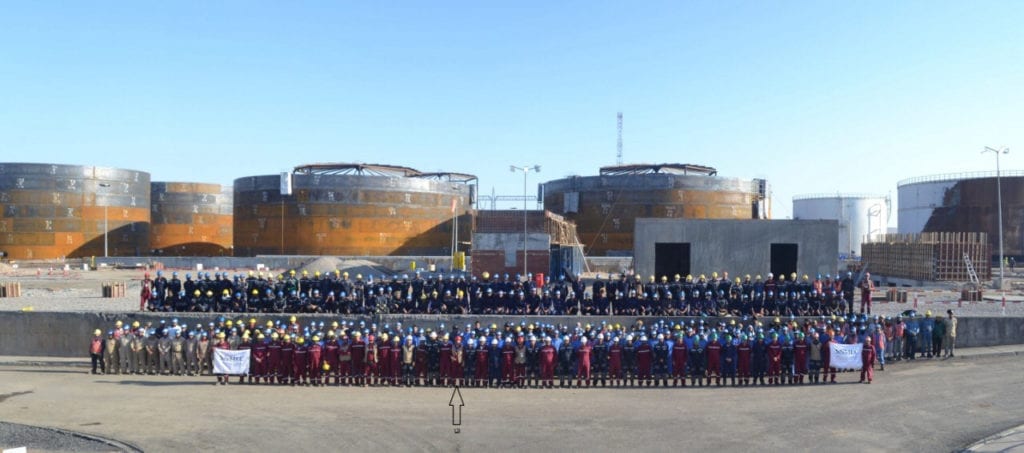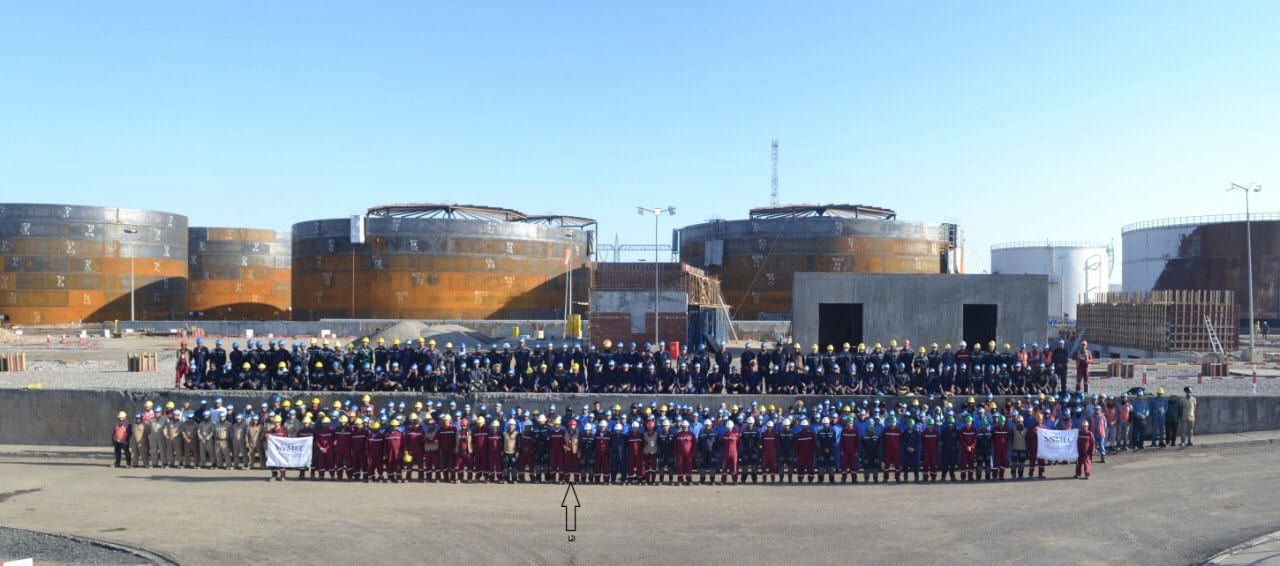Editor’s note: A version of this story by Amy Kover originally appeared on GE Reports, a site that covers GE’s industrial transformation.
In March 2017, the GE Power team returned to Al Qayara — an Iraqi town about 46 miles from Mosul, a city then still occupied by militants from the Islamic State of Iraq and Syria (ISIS) — to see how the Al Qayara power plant was faring. Though the fighters had fled the area and would soon depart Mosul, the team found little to celebrate. The plant was in ruins. Six turbines sat dormant amid an expanse of desolate desert. Oil fields, set on fire by ISIS, burned in the distance.
Mosul had once been a bustling city, its famous open-air markets teeming with Arabs, Kurds, Armenians and others selling their wares. In April 2014, GE Power and the Iraqi Ministry of Electricity were putting the finishing touches on a gleaming new power plant that would produce 750 megawatts (MW) of electricity — enough to help supply up to 750,000 Iraqi homes, reduce outages and keep Mosul humming toward a hopeful future.
Just months later, ISIS attacked the site. Bombs mortally wounded the fuel tanks and oil treatment system supplying the plant with fuel, rendering it inoperable. With the destruction of two main power lines connecting Mosul to Iraq’s national power grid, electricity supply was minimal. The region would spend much of the next three years in darkness.
War usually conjures images of human tragedy unleashed by catastrophic events — apartment buildings reduced to rubble, plumes of dark smoke rising into the sky. But we rarely consider the subtler ways it inflicts harm, like rewriting the rules of what passes for normal. Without power, Iraqi people woke each morning wondering if refrigerated meat would spoil, whether their houses would stay warm enough or how long their kerosene supplies would last. Businesses could not function, schools closed down and even hospitals struggled.
Though few other multinational power corporations had dared venture into Mosul in early 2017, the GE team stared at the devastation surrounding them and vowed to fulfill their mission: Restore power to Mosul.
Even before their visit to Iraq, the GE team of engineers began assessing the site’s damage by looking at highly accurate satellite photos. Thankfully, key components, namely the six turbines, were salvageable, and the team developed a comprehensive plan for recovery.
War usually conjures images of human tragedy unleashed by catastrophic events — apartment buildings reduced to rubble, plumes of dark smoke rising into the sky. But we rarely consider the subtler ways it inflicts harm, like rewriting the rules of what passes for normal.
Many obstacles lay ahead. Qayara was buried in 600 tons of rubble, and finding qualified workers in a war-torn region to dig the power plant out was no easy task. The GE team joined up with SENMIC, an Iraqi engineering, procurement and construction company, to recruit 700 to 800 employees, who cleared the debris within six months, among their many jobs. The site also needed materials — metal, cement and all the components used to construct power plants — most of which were shipped to Basra, an Iraqi port city more than 550 miles away. To quickly transport supplies, GE Power coordinated closely with the Iraqi military and electricity department to obtain smooth clearance through the route’s many checkpoints.

The Al Qayara power plant is expected to hit full capacity by December, which will contribute roughly 10 hours of daily power to the region. Image: GE Power
Security, however, was the most pressing concern, and the safety of every person working at the site was the topmost priority. With Mosul still riddled with ISIS sleeper cells, GE’s security team left nothing to chance. They were the first to visit the site to complete a comprehensive security risk assessment. Based on the assessment, they fortified the site with multiple security stops and reinforcements, taking extra measures to train and prepare the facility’s security personnel and implementing wide-ranging infrastructure-security measures to ensure the safety of everybody on the site.
Today, Qayara is 90 percent restored, generating up to 500 MW of power. The site is expected to hit full capacity by December, which will contribute roughly 10 hours of daily power to the region. That’s crucial considering that, as of now, Qayara remains one of the only power sources to Mosul and nearby Salahadin province, playing a critical role in helping to rebuild the local economy. And as power begins to flow back into Mosul, so will the rhythms of normal life.
Read the full story at GE Reports.


Share this: